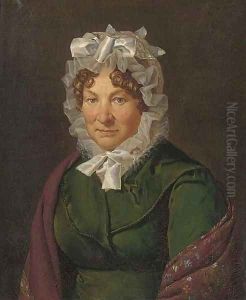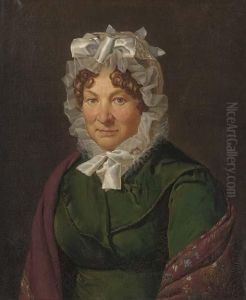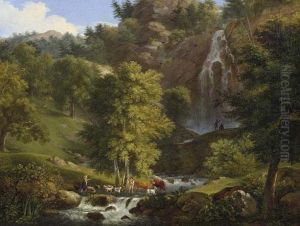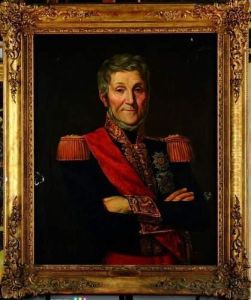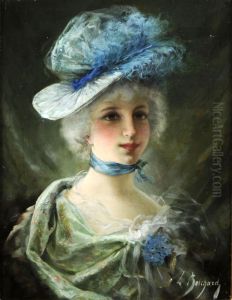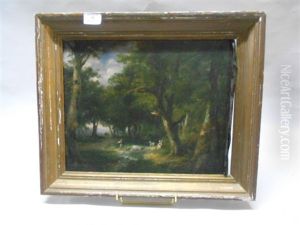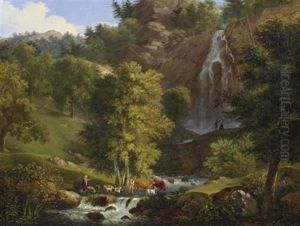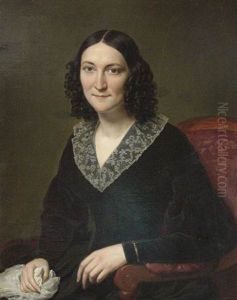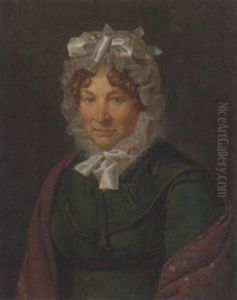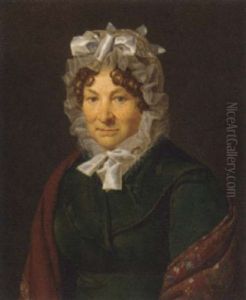Henri-Joseph Boichard Paintings
Henri-Joseph Boichard was born in 1873 in France, an era rich with artistic evolution and the burgeoning of new art movements such as Impressionism and Post-Impressionism. Despite the flourishing art scene, Boichard's name is not widely recognized in the canon of art history, which often focuses on more prominent figures of the time. However, his contributions to art, particularly within France, provide an interesting insight into the period's lesser-known artists and their impact on local art communities.
Boichard's artistic journey was marked by his exploration of various styles and mediums. He was primarily known for his paintings, which depicted everyday life with a keen eye for detail and a penchant for capturing the subtle interplay of light and shadow, a testament to the influence of Impressionism on his work. Yet, Boichard was not confined to this single style; his oeuvre includes works that hint at the influence of Realism and perhaps even early Modernism, showcasing his versatility as an artist and his willingness to experiment with new ideas and techniques.
Throughout his career, Boichard exhibited his work in various salons and galleries, gaining modest recognition among art collectors and his peers. Despite the lack of extensive documentation on his exhibitions and sales, it is known that his works were appreciated for their technical skill and the emotional depth they conveyed. Boichard's paintings often featured rural landscapes, urban scenes of Parisian life, and portraits, each infused with a sense of immediacy and intimacy that invites the viewer into the depicted moment.
Henri-Joseph Boichard's death in 1953 marked the end of a career that, while not as celebrated as some of his contemporaries, contributed to the rich tapestry of French art in the late 19th and early 20th centuries. Today, his works are held in private collections and may occasionally appear in auctions, where they are appreciated for their historical value and the glimpse they offer into the era's artistic explorations. Boichard's legacy, though modest, is a reminder of the myriad of talents that flourished in the shadows of giants like Monet, Van Gogh, and Cézanne, each adding their unique voice to the period's artistic dialogue.
